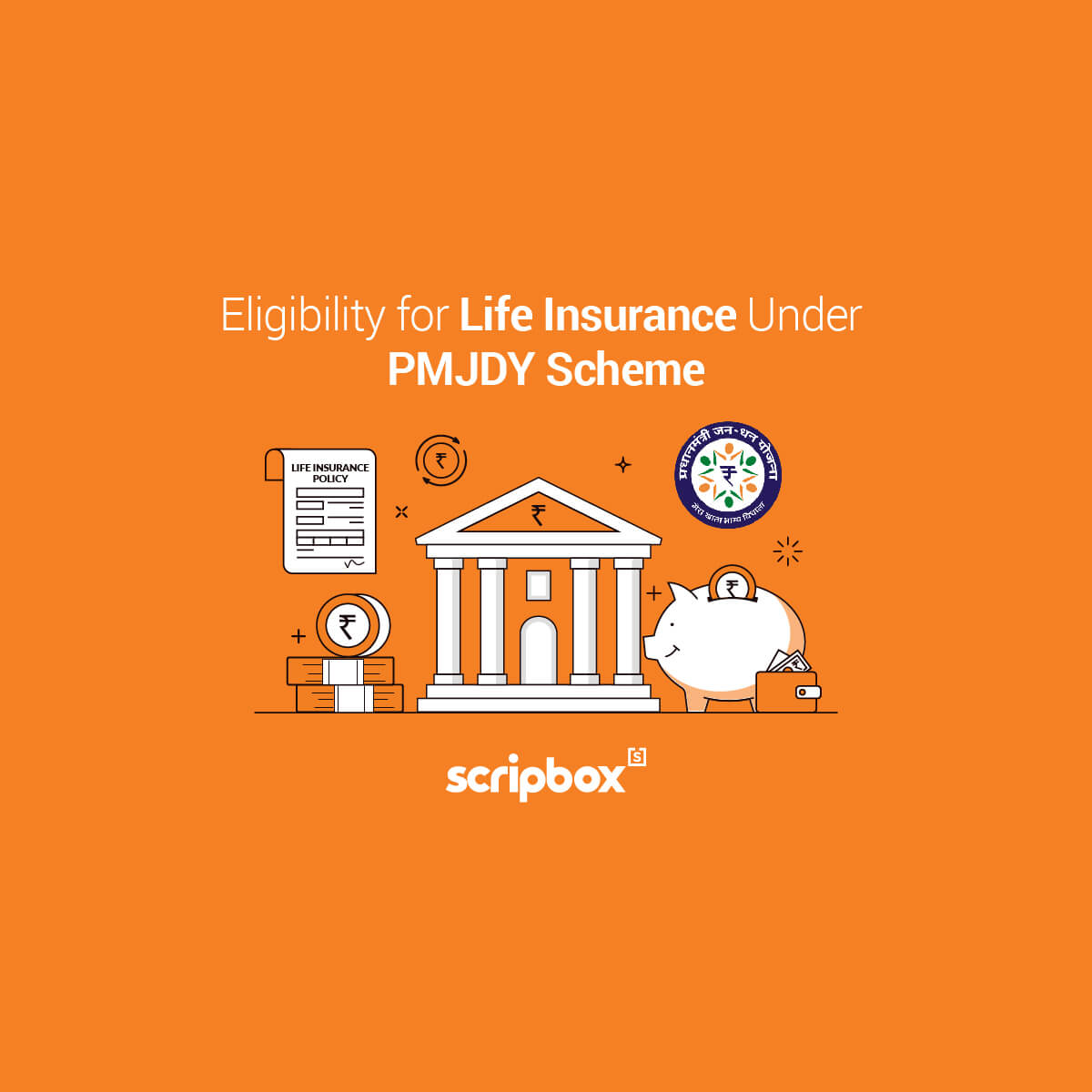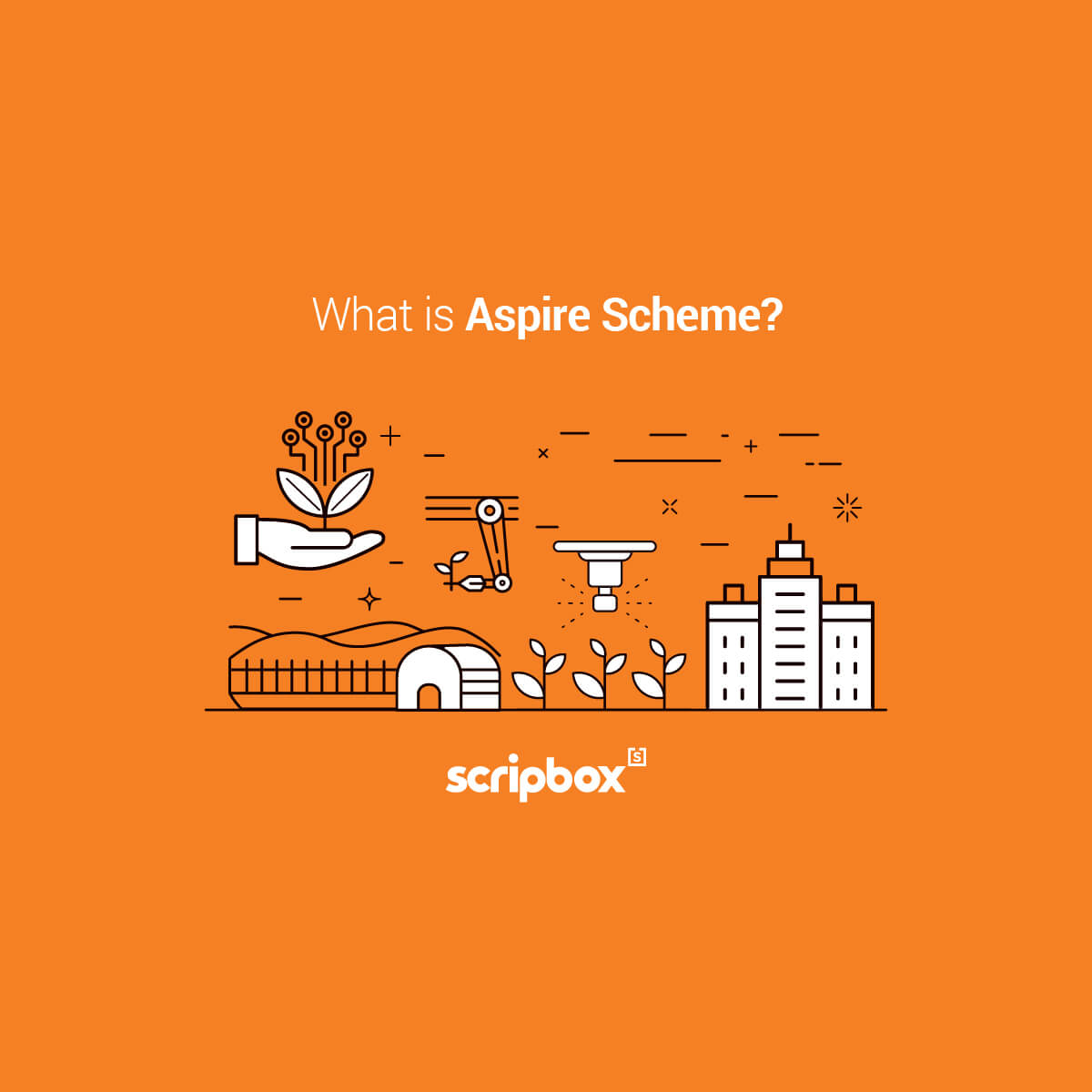What is Pradhan Mantri Adarsh Gram Yojana (PMAGY)?
Following the Finance Minister’s announcement in his Budget Speech on 6.7.2009, a new scheme dubbed the Pradhan Mantri Adarsh Gram Yojana (PMAGY) was launched on a pilot basis during 2009-10 to enable an area-based development approach. The scheme intends to integrate the development of villages with a Scheduled Castes population of more than 50%. The Pilot phase included 1000 villages from Tamil Nadu (225), Rajasthan (225), Bihar (225), Himachal Pradesh (225), and Assam (100). The States received a total of Rs. 201 crore during this phase. Adarsh Gram has been declared in all 1000 villages.
In light of the benefits accruing to the residents of the villages as a result of the Scheme’s effective execution, it was decided in 2018-19 to expand Phase-II of the Scheme to include further villages. All districts with villages with a total population of 500 people and more than 50% of people belonging to the Scheduled Castes are considered. It is proposed that villages from each such district be chosen in descending order of SC population for implementation of the Scheme in this new Phase. By the end of 2014-25, the Indian government intends to cover all 26968 villages that are eligible.
The aforementioned Scheme was also amended to capture the Gaps in crucial socio-economic ‘Monitorable Indicators’ as part of several sectors/domains, in order to ensure that the selected villages may truly become ‘Adarsh Grams.’ Water and sanitation, education, health and nutrition, agricultural best practices, and other fields are among them.
What is the Village Development Plan (VDP)?
A Need Assessment exercise is used to identify needs or gaps in relation to the ‘Monitorable Indicators.’ The data gathered during the Need Assessment exercise was used to create the ‘Village Development Plan’ (VDP). The Scheme is strongly reliant on collaboration with other Central and State Government initiatives to ensure that all residents of the village, particularly those from Scheduled Castes, have access to the bare minimum of infrastructure and key services. PMAGY Scheme is a framework for convergent implementation of other Schemes with the goal of achieving saturation in several domains.
While the majority of the funds required for execution are expected to come from other Central or State Government schemes, the Scheme would offer ‘gap-filling’ money for those locations that cannot be covered otherwise.
Objective of PMAGY Scheme
- The village possesses the necessary physical and social infrastructure for socioeconomic growth, and it complies to the maximum extent feasible with the standards outlined in the Adarsh gram vision.
- The disparity between the SC and non-SC populations in terms of common socio-economic metrics, such as literacy rate, elementary school completion rate, and ownership of productive assets, is eradicated. The indicators must be raised to at least the national average of: a) All families, particularly those belonging to SCs who are also BPL, have a secure source of income and food, and are capable of breaking out of poverty and earning a good living. b) All SC children should have at least a secondary education, and c) Malnutrition, particularly among children and women, should be eradicated.
- Discrimination, untouchability, segregation, and offensiveness toward SCs are abolished, as with other societal ills such as discrimination against women, drunkenness, and substance (drug) misuse, and all sections of society live in peace with one another.
Domains of Socio-Economic Indicators
The following are the 50 Monitorable Indicators under 10 domains under the PMAGY:
- Drinking water and Sanitation
- Education
- Health and Nutrition
- Social Security
- Rural Roads and Housing
- Electricity and Clean Fuel
- Agricultural Practices etc.
- Financial Inclusion
- Digitization
- Livelihood and Skill Development
Components of PMAGY Scheme
Convergence
Convergence between Central and State Government Schemes to bridge development deficit vis-à-vis Monitorable Indicators identified through baseline data or need assessment
Gap-filling
- Development of Drinking Water and Sanitation Infrastructure
- Setting up of Solid and Liquid waste disposal facilities
- Construction and major Repairs of toilets in school and Anganwadis
- Construction of Anganwadis
- Installation of Solar Lights
- Construction of all-weather roads
Vision of an ‘Adarsh Gram’, Modern Village
The Scheme stipulates that An ‘Adarsh Gram’ is a community where individuals have access to a variety of fundamental services, ensuring that the basic needs of all members of society are addressed and inequities are minimized. These villages would be equipped with all of the essential infrastructure and people would have access to all of the basic services required for a dignified existence, resulting in an environment in which everyone is able to reach their full potential.
The plan calls for integrated development, which will ensure that the model community has enough physical and institutional infrastructure. As a result, the village will be a welcoming environment for all people to maximize their potential. A hamlet like this should offer all of the amenities necessary for a respectable existence, as well as a location where everyone may live in peace. It is a progressive and active community.
For these villages to be considered model villages, they must meet the following criteria:
Physical Infrastructure
- An all-weather road connecting the village to the nearest main road is required. If the community includes several hamlets, each one must be connected to the others. Also, good internal roadways with adequate street illumination are required.
- Electricity should be available in every home.
- Everyone should have access to clean drinking water.
- There must be communication facilities in the hamlet, such as a post office, telephones, internet, and the Department of Telecommunications’ Bharat Nirman Common Service Centre.
- There must be enough financial facilities in the community, either through traditional branches or the Business Correspondent or Business Facilitator Model.
- All citizens must have access to suitable housing.
- The village’s Anganwadi, social health center, panchayat, and community hall all require a solid structure.
Sanitation and Environment
- The village must have adequate sanitation, including toilets, drains, and a waste disposal system. The village must comply with the “Nirmal Gram Pushkar” norms to the greatest extent practicable.
- The village must protect the environment by implementing measures such as tree planting, water harvesting, water body maintenance, use of renewable energy sources such as biogas, solar energy, and wind energy, and pollution reduction through the use of smokeless chullas.
Social Infrastructure, Human Development, and Social Harmony
Literacy – The village must have an Anganwadi center and schools, and all children of the right age must be enrolled and attend school on a regular basis. Sports and other forms of physical activity must be available. Adults must be functionally literate and have access to continuing education opportunities.
Healthcare — Primary health care and reproductive child health (RCH) facilities must be accessible, and these facilities must provide adequate prenatal and antenatal care. There must be 100% institutional deliveries, complete child immunization, and a modest family room available.
Social Welfare – The village needs an active Gram Panchayat and numerous women’s, swarozgaris’, and youth’s groups. Women, children, especially girls, senior citizens, and those with disabilities must all be cared for in the community. There must be no discrimination based on caste, race, color, or gender. Untouchability must be abolished, and a sense of security and dignity must be established. The use of intoxicating drinks and other substances in public places must be prohibited, and all residents must be informed of their constitutional and legal rights, as well as civic responsibilities.
Livelihood
- The village’s youth and adults must be employed and have opportunity to gain skills, and they must be in skilled jobs to the extent practicable.
- Progressive and efficient procedures, particularly the utilization of technology, must be employed in all economic operations such as agriculture, animal husbandry, and fisheries.
- Residents must have sufficient access to remunerative pricing for the village’s agricultural and other products.
Implementation of PM Adarsh Gram Yojana
In 2009-10, the Pradhan Mantri Adarsh Gram Yojana (PMAGY) was started to promote area-based development. The initiative is aimed at villages with a 50 percent SC population and intends to integrate the development of such villages.
The scheme’s implementation is as follows:
- Integrated development of villages with a large SC population, primarily through the confluence of appropriate Central and State Government Schemes.
- Through ‘Gap Filling’ money to the tune of Rs.20 lakh per village, to carry out identified activities that are not covered by State and Central initiatives.
The scheme gives a total sum of Rs.21 lakh for each new village selected, of which 20 lakh is for gap-filling and 1 lakh is for administrative expenses in a 1:1:1:2 ratio at the Centre, State, District, and Village levels. A component of an additional round of financing of Rs. 10 lakh per village from the Scheme’s infrastructure head will be provided for continued development for the villages that have already been supported.
Discover More
- Pradhan Mantri Jan Arogya Yojana (PMJAY)
- Pradhan Mantri Vaya Vandana Yojana (PMVVY)
- Pradhan Mantri Suraksha Bima Yojana
- Saksham Yuva Yojana
- Samarth Scheme
- PMMVY
- Pradhan Mantri Awas Yojana (PMAY)
- PM Kisan Samman Nidhi Yojana
- Pradhan Mantri Kaushal Vikas Yojana (PMKVY)
- Pradhan Mantri Jeevan Jyoti Bima Yojana
- Multiplier Grants Scheme
- Ujala Scheme
- Pradhan Mantri Jan Dhan Yojana (PMJDY)
- Atal Pension Yojana (APY)
- Pradhan Mantri Shram Yogi Mandhan
- DDU-GKY
- Startup India Scheme
- Antyodaya Anna Yojana (AAY)
- Pradhan Mantri Adarsh Gram Yojana
- Aspire Scheme
- Pradhan Mantri Ujjwala Yojana (PMUY)
- Credit Guarantee Scheme For Startups
- Startup India Seed Fund Scheme
- Pradhan Mantri Yuva Yojana (PMYY)
- Pradhan Mantri Kaushal Kendra (PMKK)
- Stand Up India Scheme
- ECLGS Scheme
- Unnat Bharat Abhiyan
- Digital India Scheme
- Sankalp Scheme
- Samagra Shiksha
- Skill India
- Deen Dayal Upadhyaya Antyodaya Yojana (DAY)
- Credit Guarantee Scheme for MSE (CGSMSE)
Related Articles
- What is Pradhan Mantri Adarsh Gram Yojana (PMAGY)?
- Confused if your portfolio is performing right enough to meet your goals?
- How long have you been investing in mutual funds?
- What is your current portfolio size?
- What is your approximate annual household income?
- Your profile does not qualify for a call with a Financial Expert.
- What is the Village Development Plan (VDP)?
- Objective of PMAGY Scheme
- Domains of Socio-Economic Indicators
- Components of PMAGY Scheme
- Vision of an ‘Adarsh Gram’, Modern Village
- Implementation of PM Adarsh Gram Yojana





























Show comments